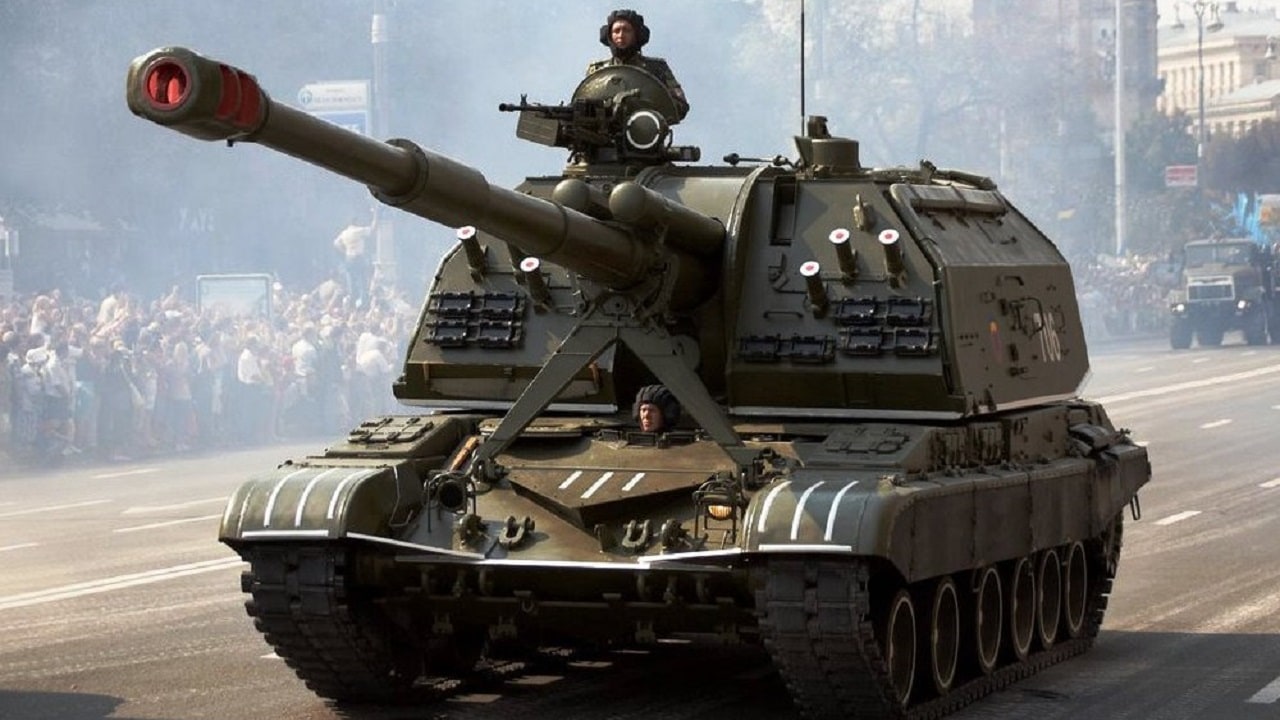The war in Ukraine continues on its 291st day. The Russian military remains on the defensive while the Kremlin is looking to raise money for the war.
The Russian Casualties in Ukraine: Big Update
Overall, the Ukrainian Ministry of Defense claimed that as of Sunday, Ukrainian forces have killed approximately 94,140 Russian troops (and wounded approximately twice to thrice that number), destroyed 281 fighter, attack, bomber, and transport jets, 264 attack and transport helicopters, 2,942 tanks, 1,928 artillery pieces, 5,920 armored personnel carriers and infantry fighting vehicles, 397 Multiple Launch Rocket Systems (MLRS), 16 boats and cutters, 4,540 vehicles and fuel tanks, 211 anti-aircraft batteries, 1,603 tactical unmanned aerial systems, 167 special equipment platforms, such as bridging vehicles, and four mobile Iskander ballistic missile systems, and 592 cruise missiles shot down by the Ukrainian air defenses.
Russian Friendly Fire Incidents
The way the war has gone has revealed the many and widespread problems of the Russian defense and intelligence apparatuses. Among all of its tactical and strategic failures, the Russian military has had its fair share of friendly fire incidents.
In November, Russian artillery mistakenly struck the positions of the 1st Army Corps near Kherson City. More than 14 Russian troops were killed and at least seven others were wounded.
“Thus, on November 24, an artillery unit of the armed forces of the Russian Federation shelled the positions of the mobilised 1st Army Corps ‘Donetsk’ of the Russian occupation troops on the southwestern outskirts of the settlement of Tsukura in the temporarily occupied territory of the Kherson region,” a Ukrainian defense official said.
Russian commanders have shown an utter disregard for the lives of their troops, even using World War II-style mass frontal infantry attacks to capture Ukrainian positions. To be sure, that is the Russian way of war.
For hundreds of years, Russian commanders have operated with the comfort of great numbers of reserves. During World War II, the Soviet Army was able to stop and push back the German Wehrmacht partly because of its manpower. Even though Soviet forces were losing hundreds of thousands of troops killed and wounded at every major battle, Soviet commanders could call up more.
The Russian 2023 Budget and Funding the War
Last week, Russian President Vladimir Putin signed the law for Russia’s 2023 federal budget. Draft budgets have shown that the Kremlin aims to allocate more than 9 trillion rubles (about $143 billion) for defense, intelligence, and law enforcement expenditure in the next year. Compared to prior budgets, this is a significant increase that would represent over 30 percent of the overall Russian state expenditure for 2023.
“The budget approved by Putin is likely over-optimistic in its expectation of revenue and spending in 2023. Therefore, other parts of Russia’s budget are likely to come under increasing pressure to support the costs of the war,” the British Military Intelligence assessed in its latest estimate of the war.
A U.S.-led coalition of almost 40 countries has imposed heavy sanctions on Russia for its invasion of Ukraine. Although natural gas and oil remain Moscow’s primary revenue, the sanctions are taking their toll on the Russian defense and aerospace industries, thus making Moscow’s war harder.
Expert Biography: A 19FortyFive Defense and National Security Columnist, Stavros Atlamazoglou is a seasoned defense journalist specializing in special operations, a Hellenic Army veteran (national service with the 575th Marine Battalion and Army HQ), and a Johns Hopkins University graduate. His work has been featured in Business Insider, Sandboxx, and SOFREP.

